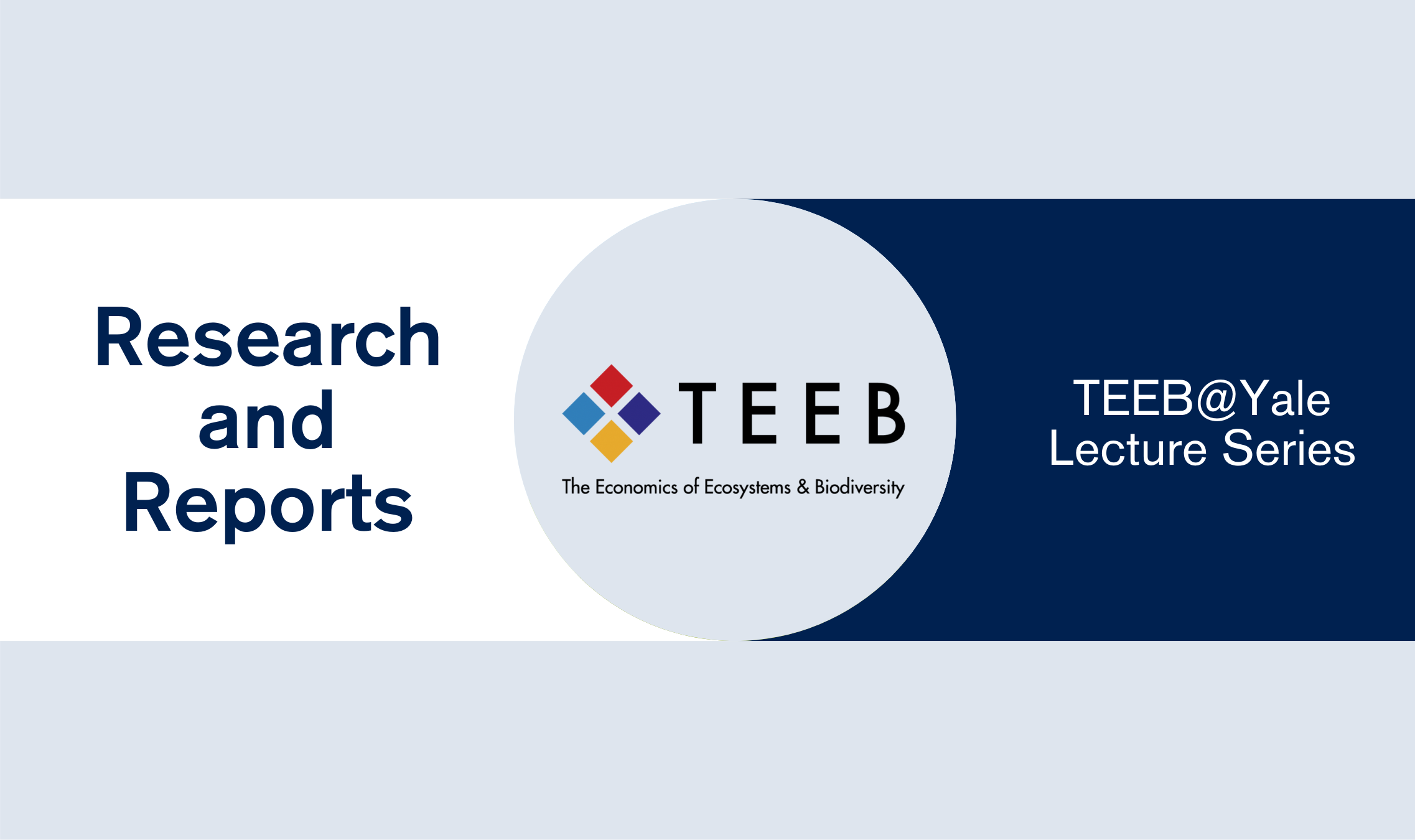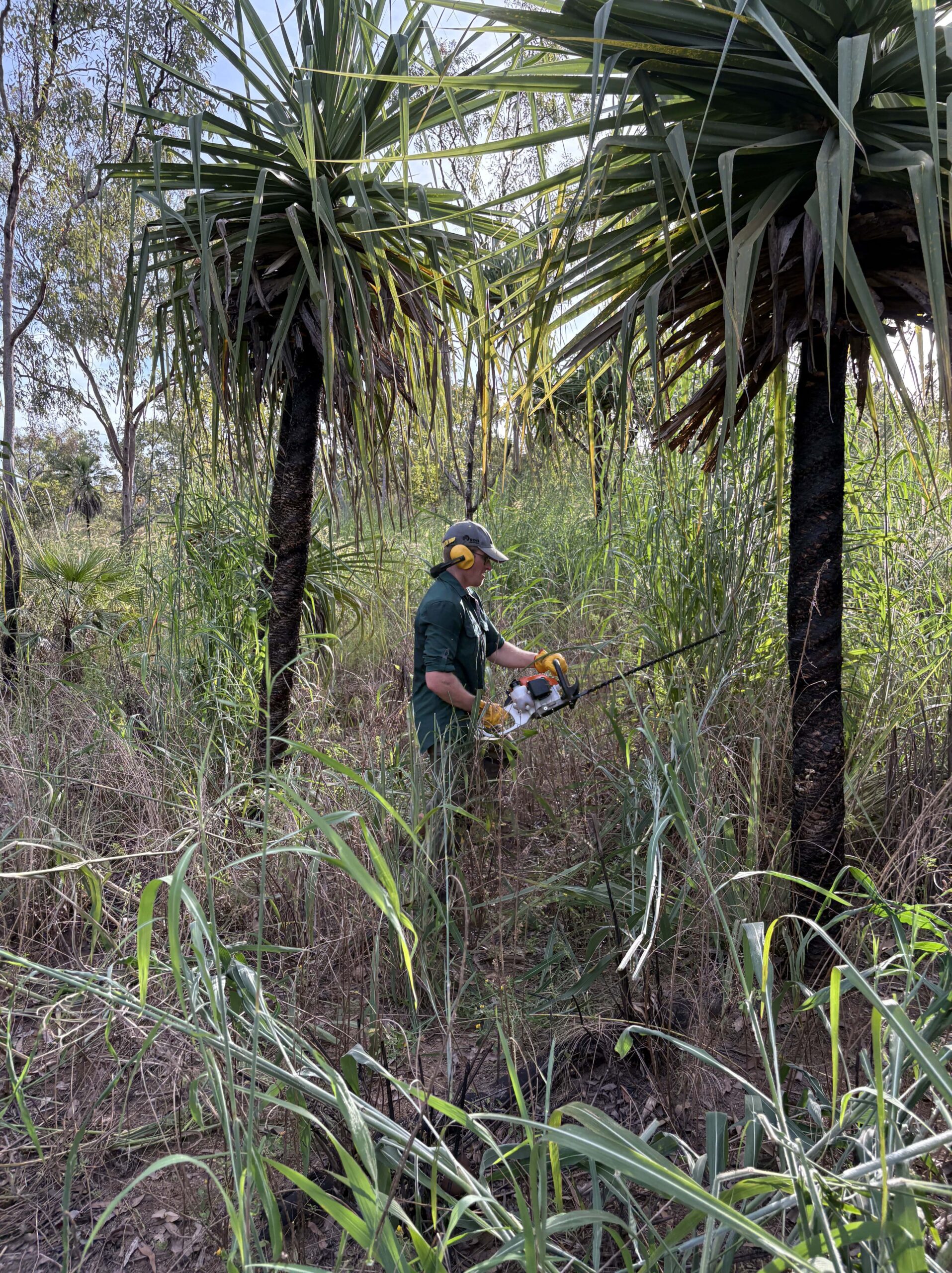During his tenure as McCluskey Fellow at Yale University’s School of Forestry and Environmental Studies in 2011, GIST Impact CEO and TEEB Study Leader Pavan Sukhdev led a graduate-level course on The Economics of Ecosystems and Biodiversity (TEEB).
TEEB—an initiative supported by the European Commission and the Government of Germany, and later hosted by the United Nations Environment Programme—was created to address the economic invisibility of nature. It demonstrates how ecosystem services can be valued, accounted for, and integrated into decision-making by policymakers, businesses, and civil society.
Featuring many of the original TEEB report authors alongside Yale faculty and international experts, this lecture series explores the challenges of valuing biodiversity and ecosystem services, especially in developing countries. It introduces core valuation frameworks, policy instruments, and corporate strategies for managing nature-related risks and dependencies.
Through real-world case studies, it examines how fiscal policies, market mechanisms, and institutions, including subsidies, PES schemes, REDD+, and environmental disclosure, can shape outcomes for biodiversity and business alike.
Whether you are a sustainability leader, investor, student, or policymaker, this series offers actionable insight into nature’s value, impact measurement, and the path toward a more inclusive, resilient green economy.
Intro to TEEB@Yale Lecture Series
A short overview of the ideas and motivations behind the Yale-TEEB collaboration and the structure of the course.
Lecture 1: Introduction to Valuing Nature – Pavan Sukhdev
An introduction to the ethics, purpose, and practical importance of valuing nature.
Lecture 2: Biodiversity, Ecosystems and Ecosystem Services – Tom Barker
Links biodiversity to ecosystem functions and services, exploring trade-offs, resilience, and valuation.
Lecture 3 (Part 1): Valuation Approaches & Paradigms – Dr. Mike Christie
Explains the Total Economic Value (TEV) framework, valuation methods, and challenges in applying them across contexts.
Lecture 3 (Part 2): Valuation Approaches & Paradigms – Dr. Mike Christie
Explains the Total Economic Value (TEV) framework, valuation methods, and challenges in applying them across contexts.
Lecture 4: The Benefits of Ecosystem Restoration – Thomas Elmqvist
Presents ecosystem restoration case studies using cost-benefit analysis within TEV frameworks.
Lecture 5: Discounting and Its Ethics – Richard B. Howarth
Examines discounting principles, ethical considerations, and implications for long-term environmental decisions.
Lecture 6: The Policy Challenges for Green Economy and Sustainable Economic Development – Edward B. Barbier
Discusses barriers and opportunities in creating policy frameworks for sustainable economic development.
Lecture 7: Biodiversity, Ocean Ecosystems and Fisheries – Andrew Rosenberg
Outlines challenges in marine conservation policy and integrating science and economics in fisheries management.
Lecture 8: The Importance of Indicators – Pavan Sukhdev
Explores biodiversity indicators, green national accounting, and macroeconomic metrics.
Lecture 9: Inclusive Wealth as a Framework for Sustainable Development – Stephen Polasky
Presents inclusive wealth as a framework for integrating human and natural capital into national policy.
Lecture 10: From Theory to Practice – Rosimeiry Portela
Applies ecosystem valuation to protected areas and PES programs in real-world settings.
Lecture 11: Making REDD+ Real – Pavan Sukhdev
Explains key considerations for making REDD+ a credible and effective climate solution.
Lecture 12: Solutions: Regulations and Subsidy Reforms – Dr. Markus Lehmann
Highlights the role of subsidies and regulations in shaping economic incentives for conservation.
Lecture 13: An economic perspective on protected areas – Aaron Bruner
Examines cost-benefit analysis and economic arguments for establishing and financing protected areas.
Lecture 14: Economic Analysis for Ecosystem Service Decision Making – Ian Bateman
Describes national ecosystem assessments and how valuation can inform better public policy.
Lecture 15: Local & Regional Policy and Management: Ecosystem Services in Decision Making – Heidi Wittmer
Focuses on subnational policymaking, integrating ESS into land use, poverty alleviation, and resource management.
Lecture 16: Local & Regional Policy and Management: Cities and Spatial Planning – Heidi Wittmer
Focuses on subnational policymaking, integrating ESS into land use, poverty alleviation, and resource management.
Lecture 17: Local & Regional Policy and Management: Natural Resources and Poverty – Heidi Wittmer
Focuses on subnational policymaking, integrating ESS into land use, poverty alleviation, and resource management.
Lecture 18: Business: Biodiversity Impacts and Dependencies – Joshua Bishop
Explores why biodiversity matters for business and which sectors are most at risk.
Lecture 19: Managing Risks, Realizing Opportunities – Joshua Bishop
Identifies business risks from biodiversity loss and strategies for ecosystem-based opportunities.
Lecture 20: Voluntary Action and Regulatory Reform – Joshua Bishop
Analyses how businesses respond to biodiversity challenges through voluntary action and regulatory reform.
Lecture 21: Communications that “Shift the Mindset” – Trista Patterson
Discusses the role of strategic communications in promoting systems thinking and behavioural change.
Further Resources
- TEEB Ecological and Economic Foundations (2010) – Full Draft Report (PDF)
- TEEB In National and International Policymaking (2011) – Executive Summary and Full Draft Report (PDF)
- TEEB In Local and Regional Policy Management (2012) – Quick Guide and Full Draft Report (PDF)
- TEEB for Business Report (2012) – Executive Summary and Full Report (PDF)
- TEEB Synthesis Report (2012) – Full Report (PDF)
- Corporation 2020 (Pavan Sukhdev) (PDF)






